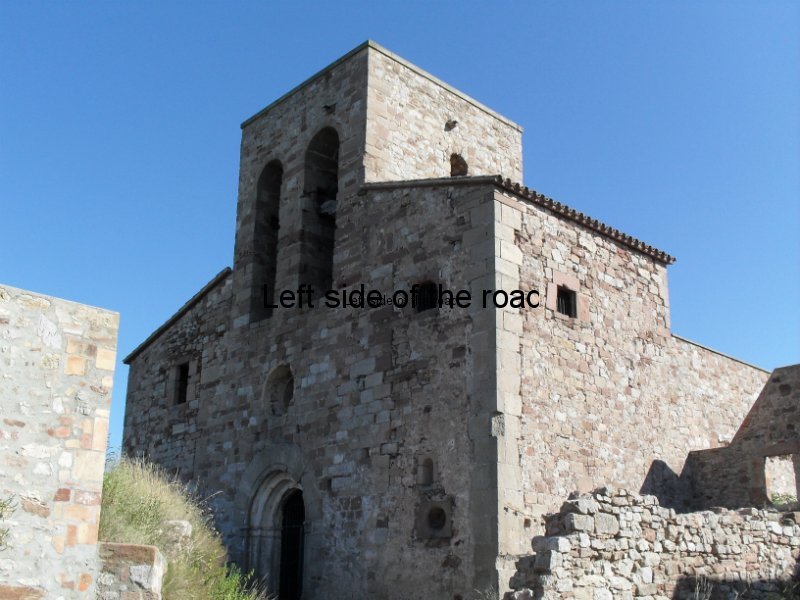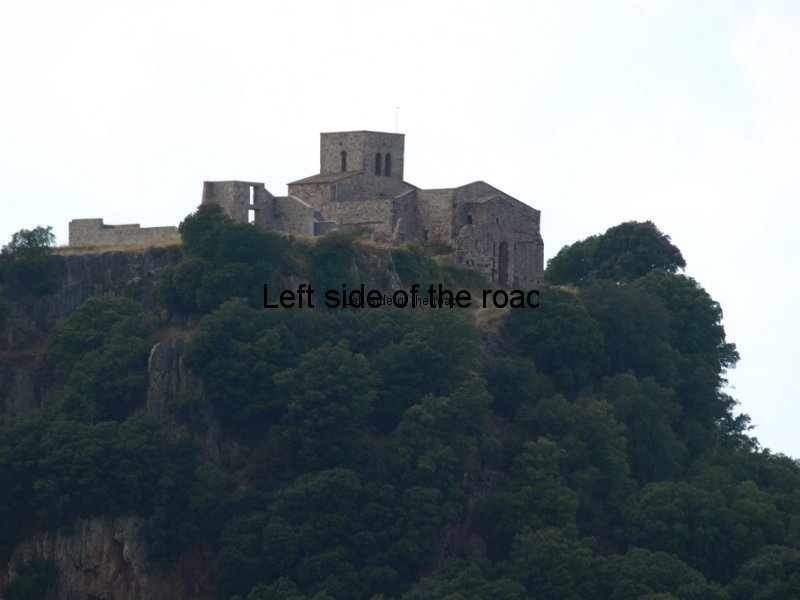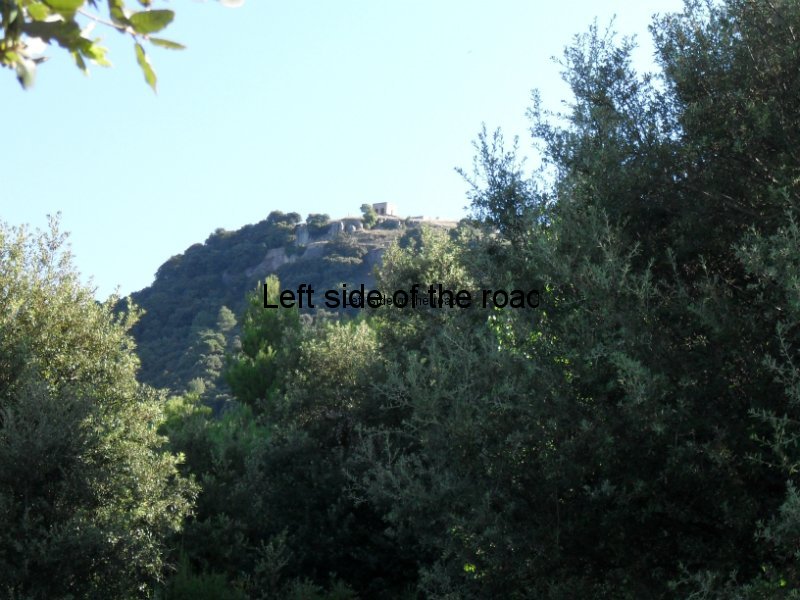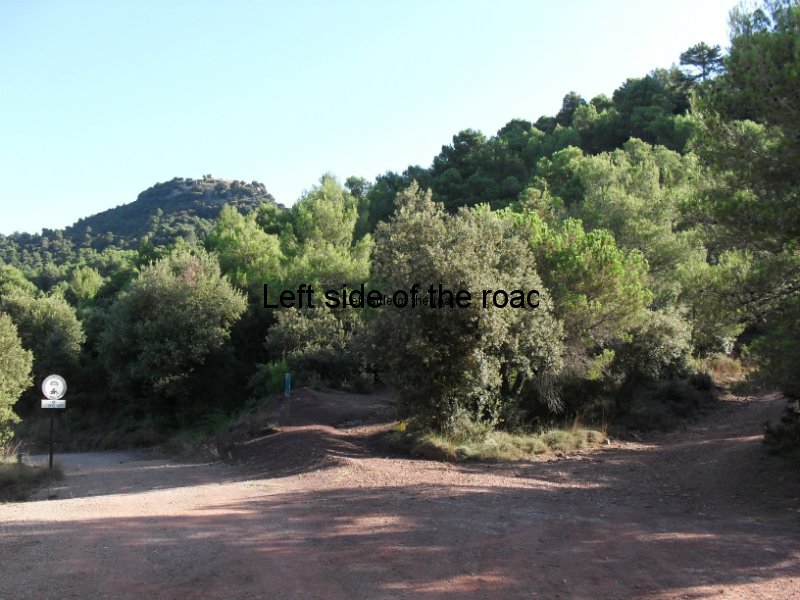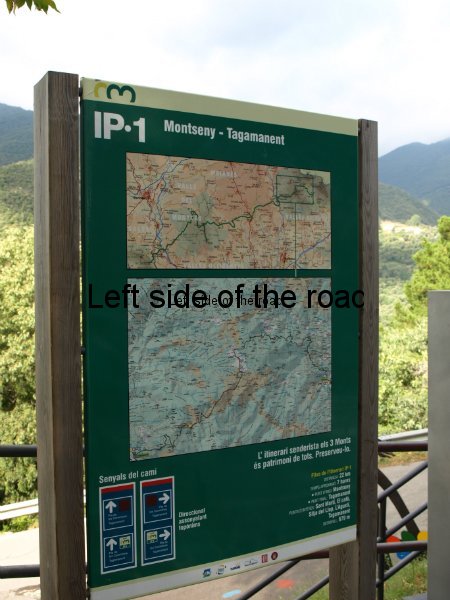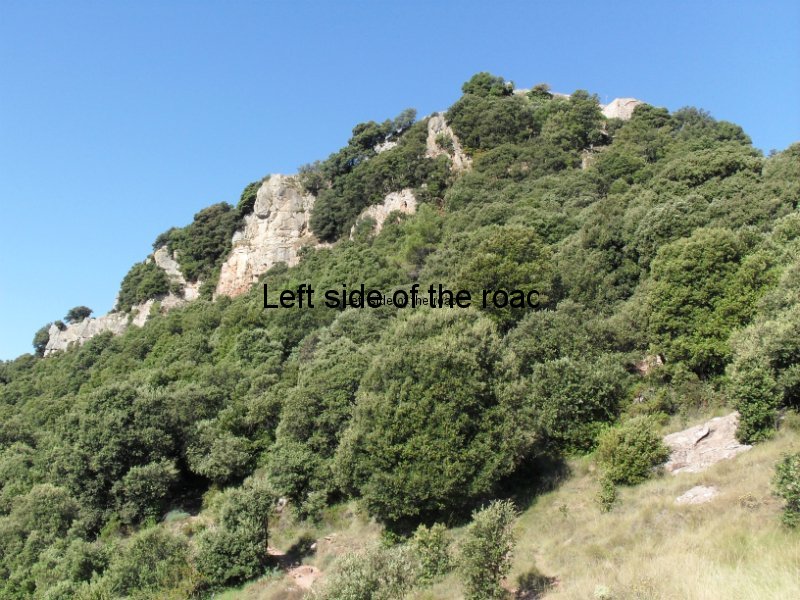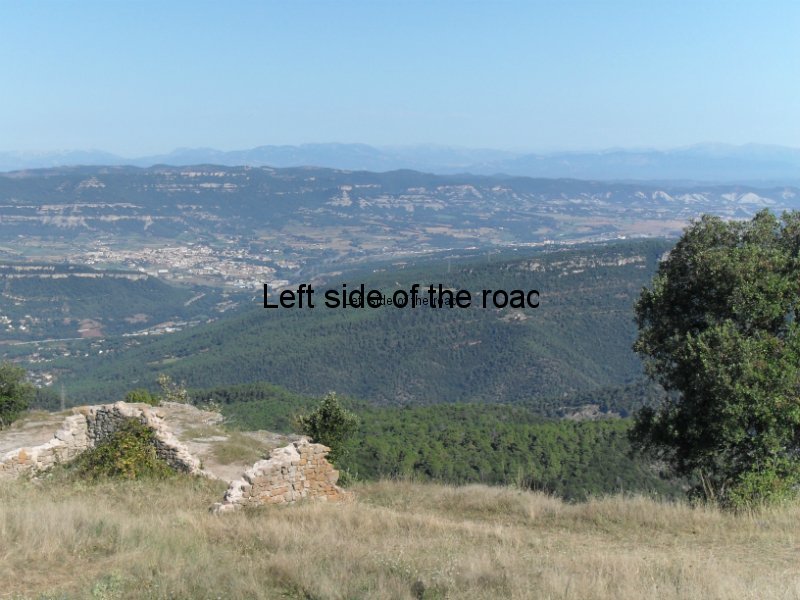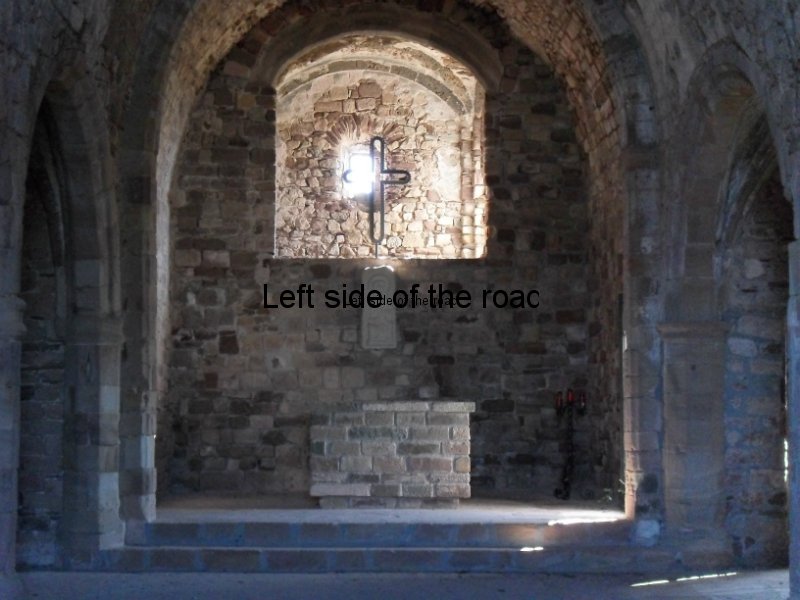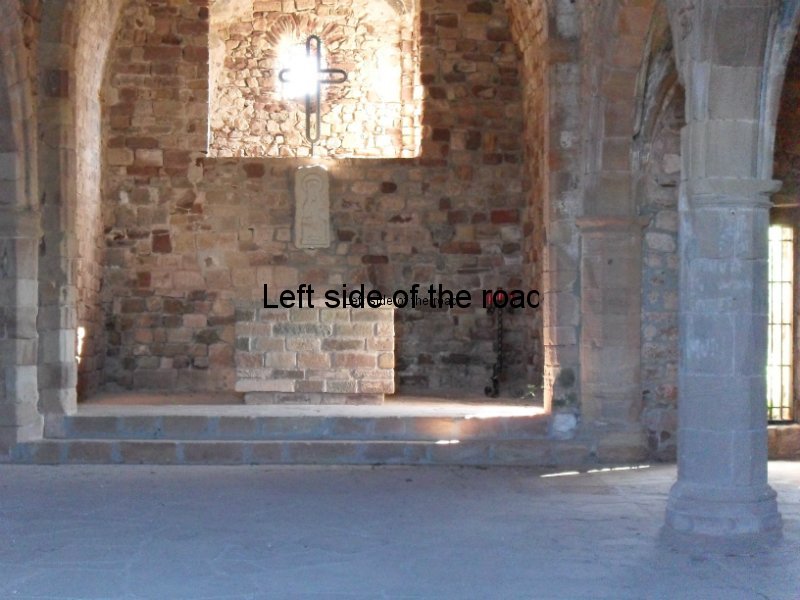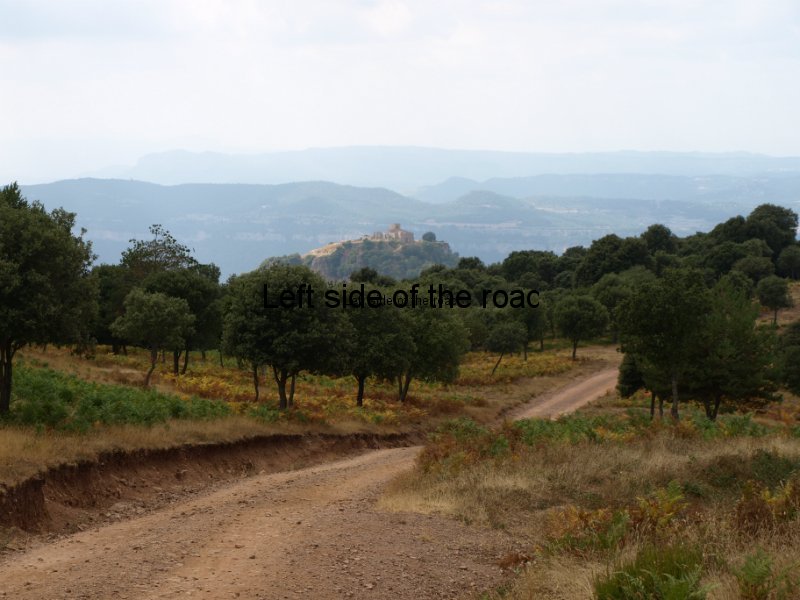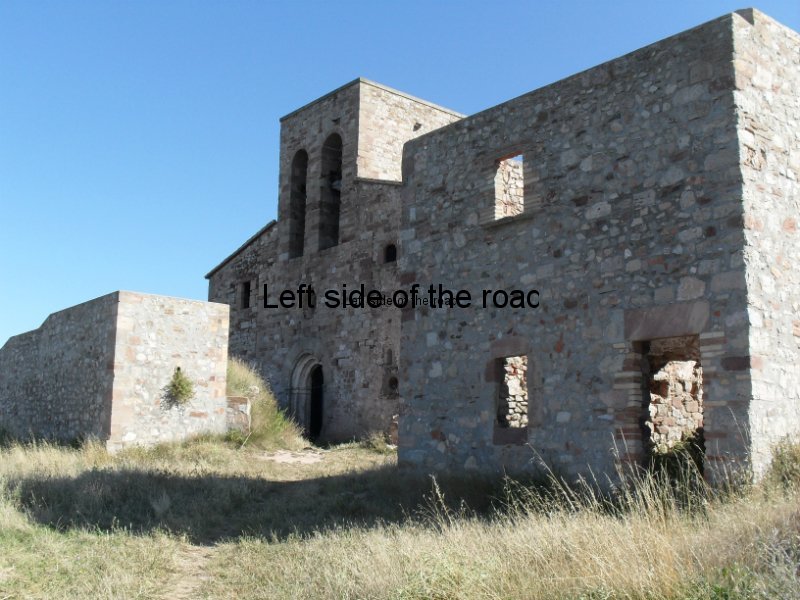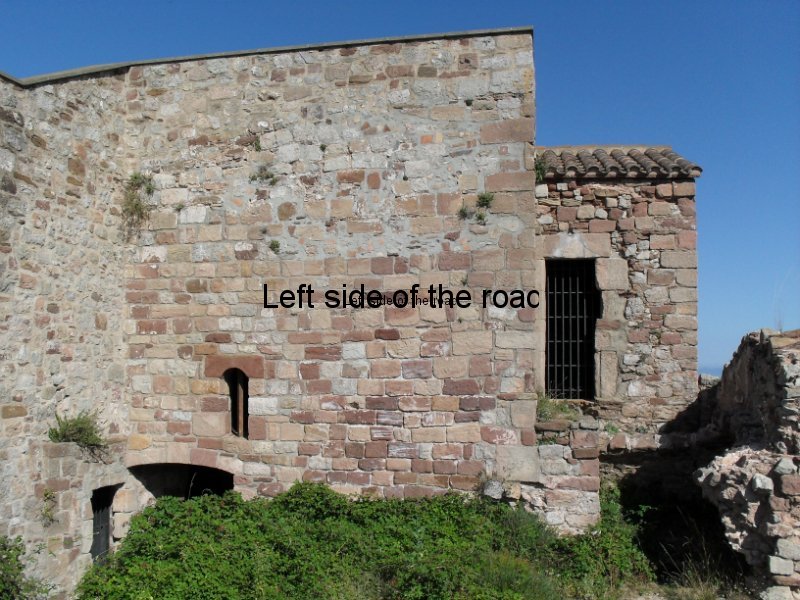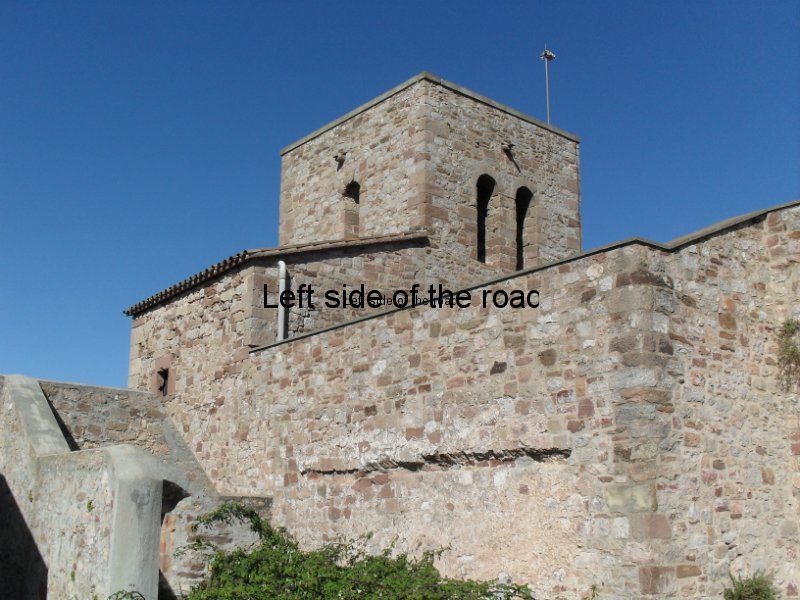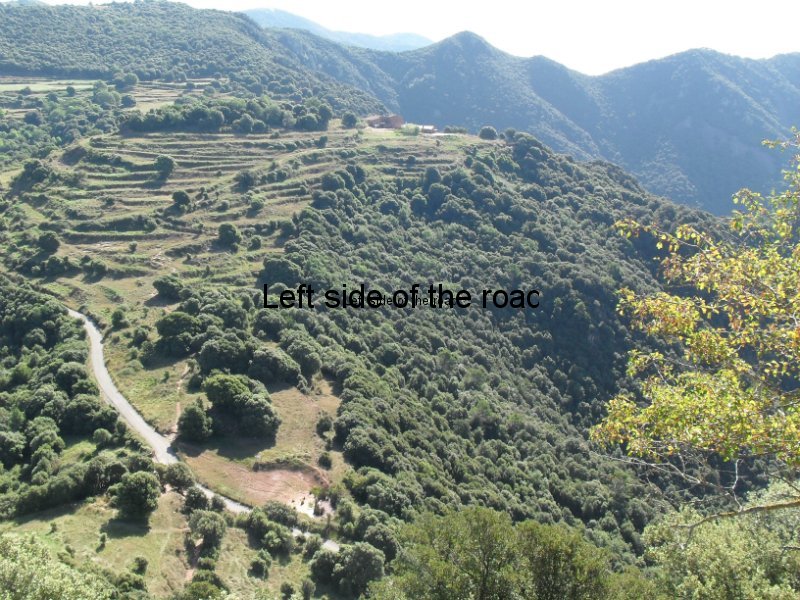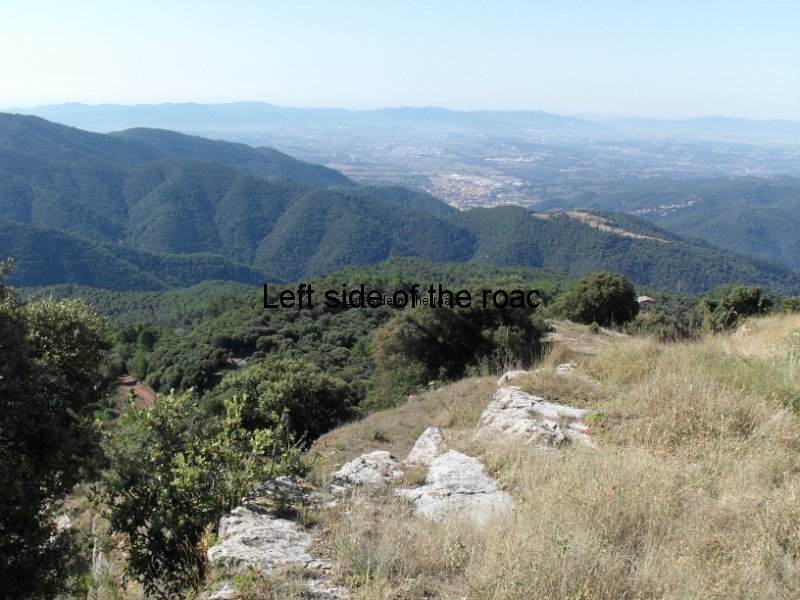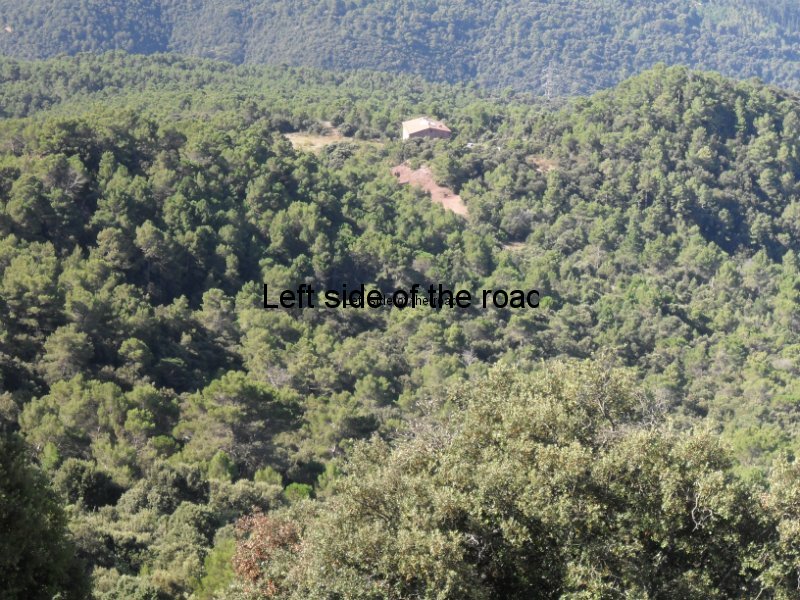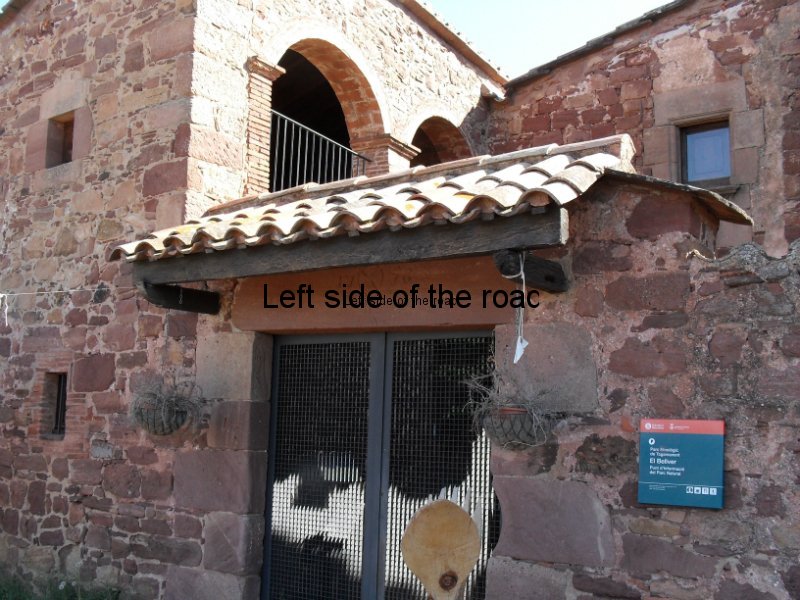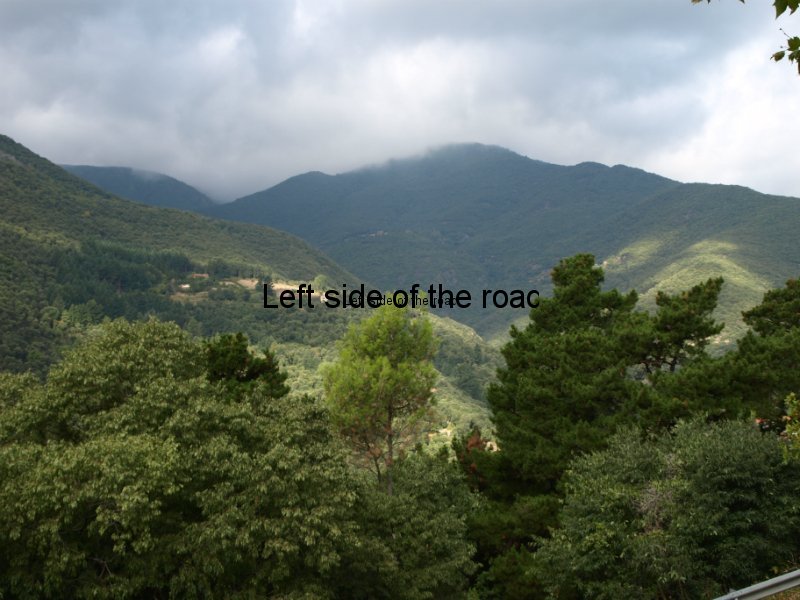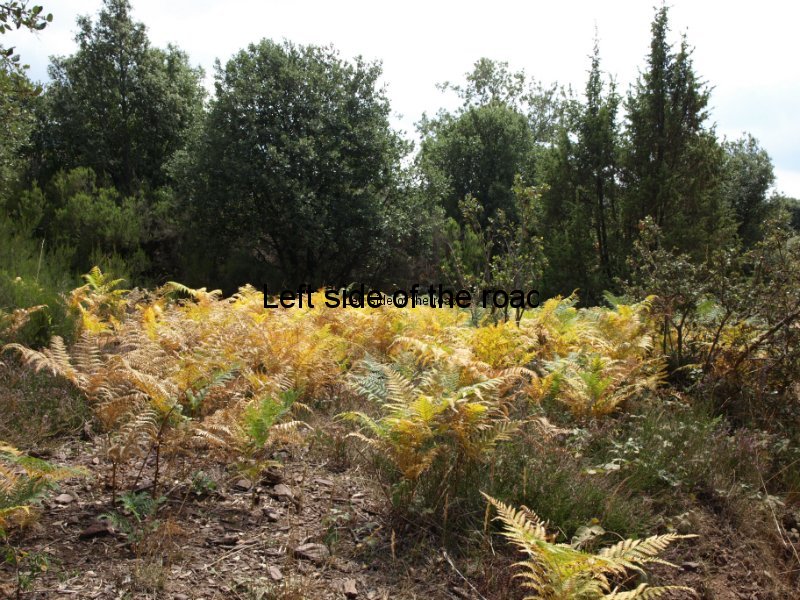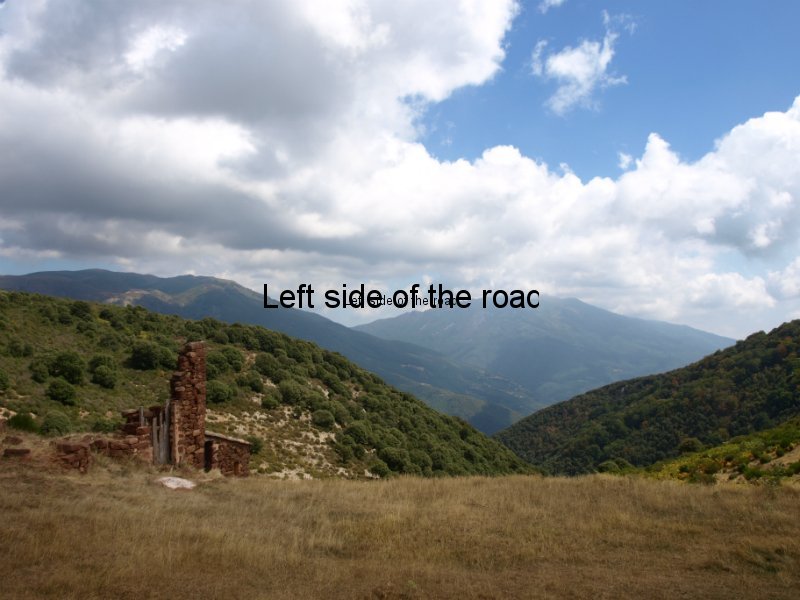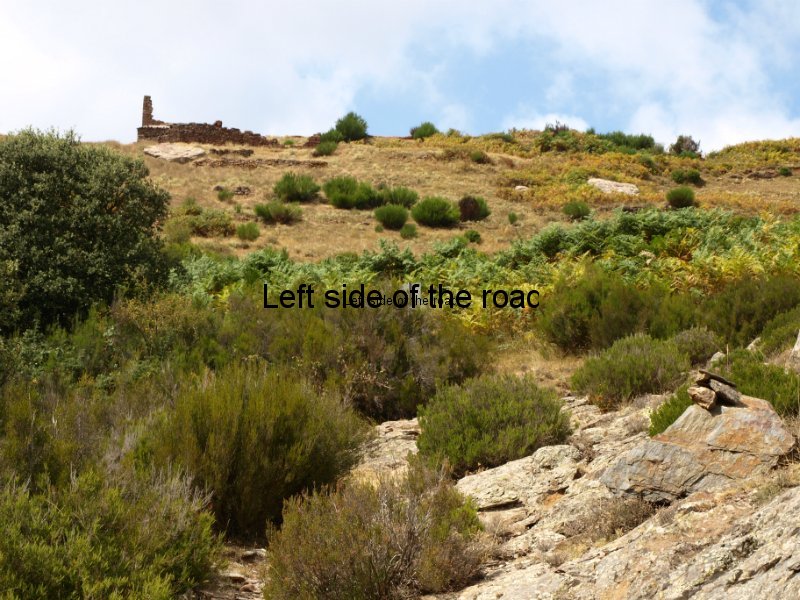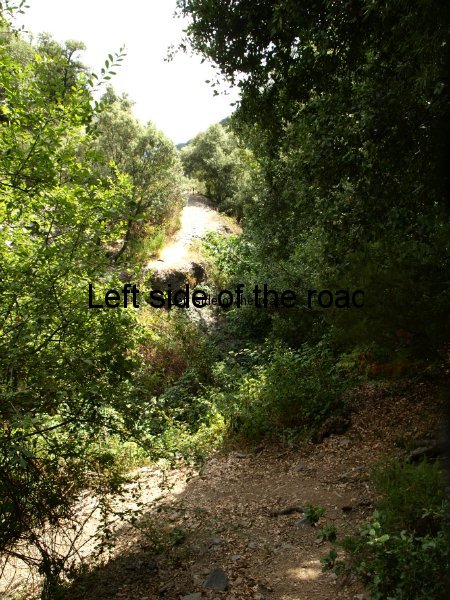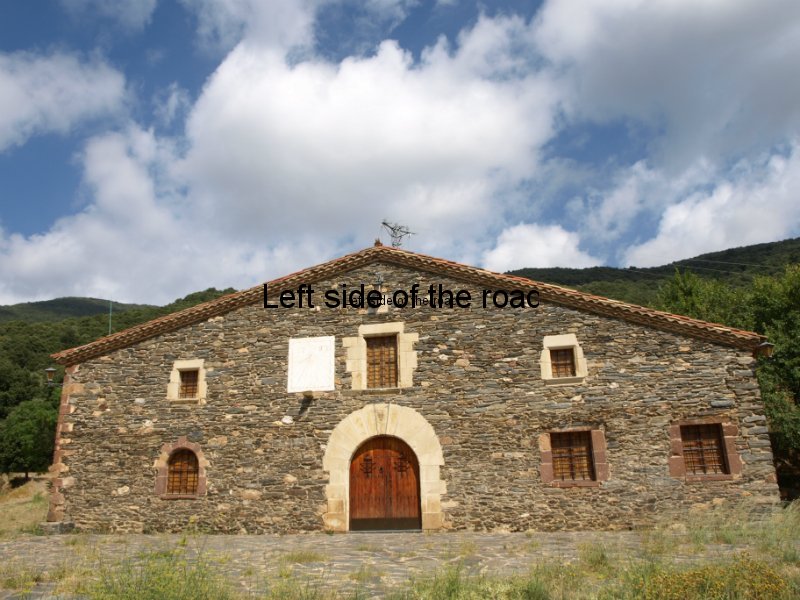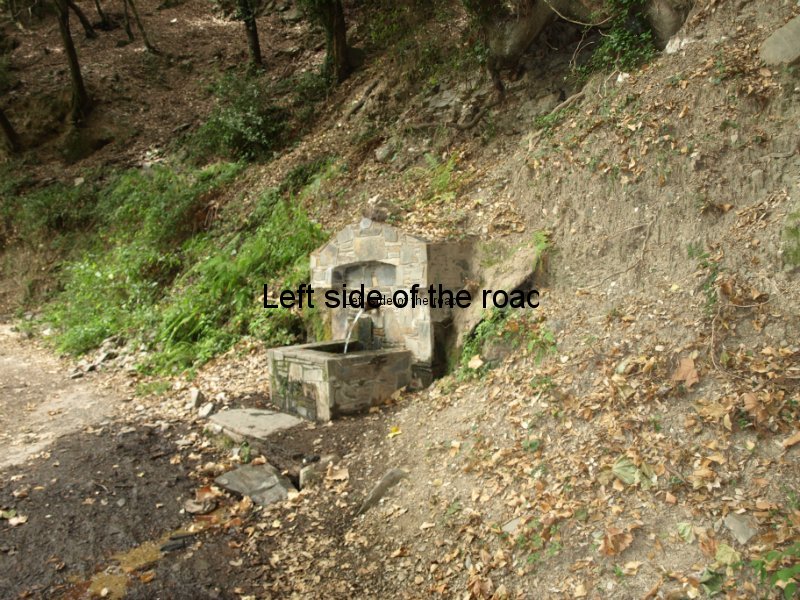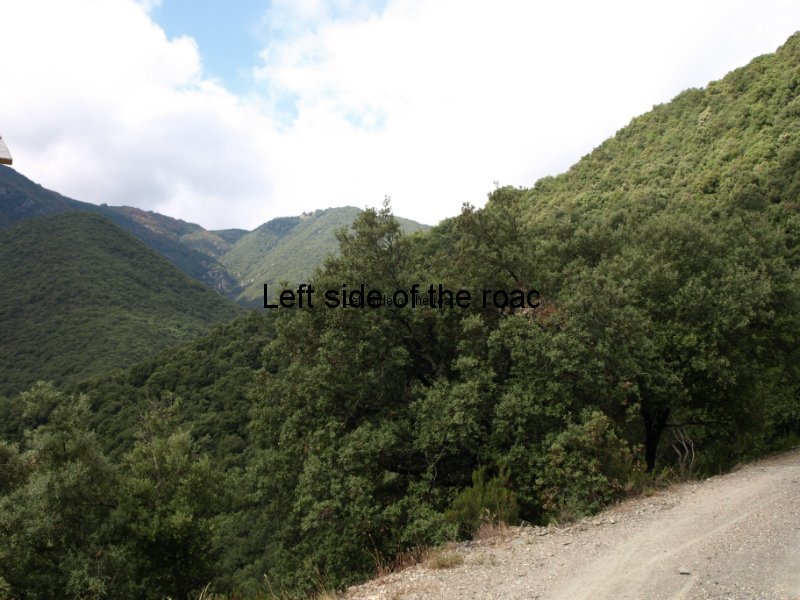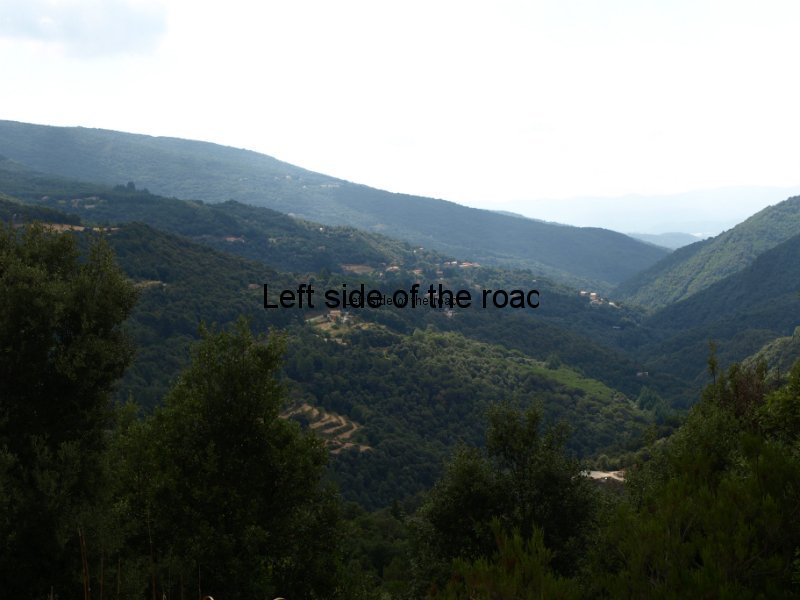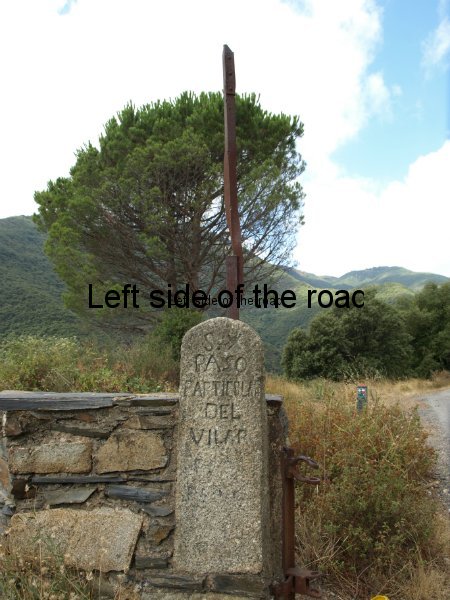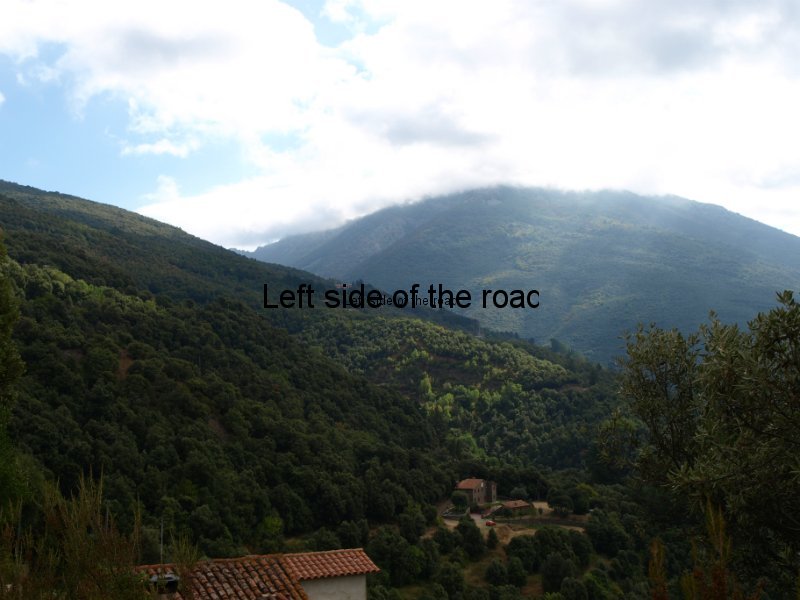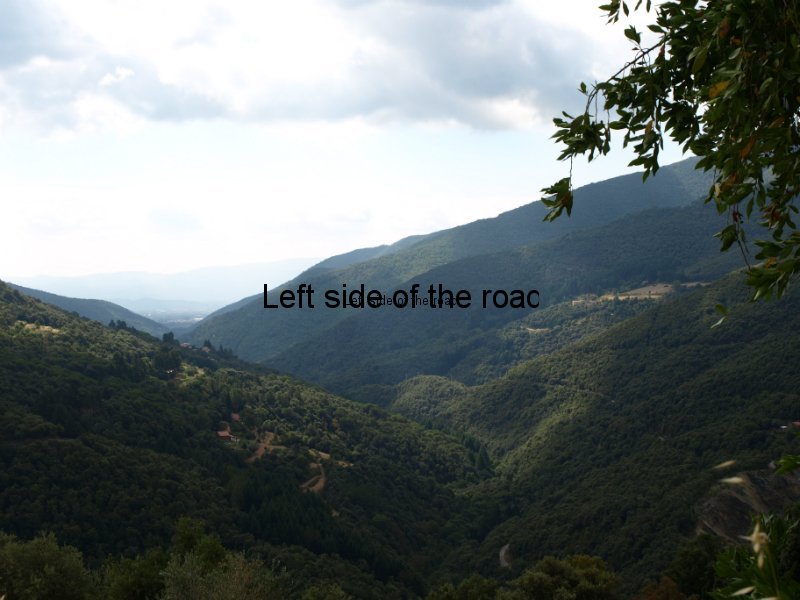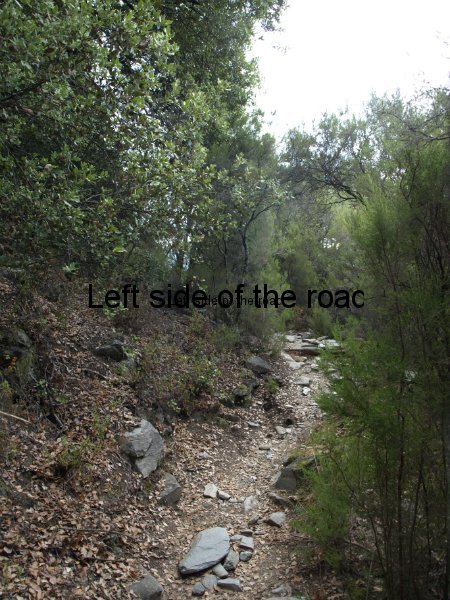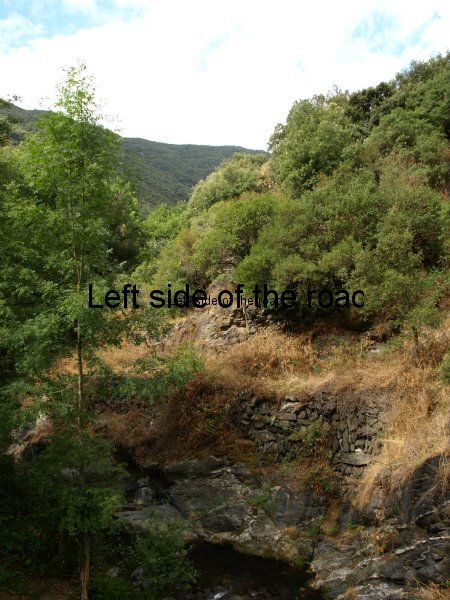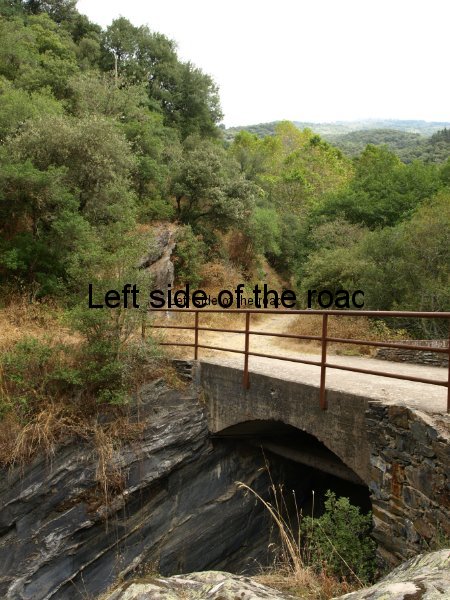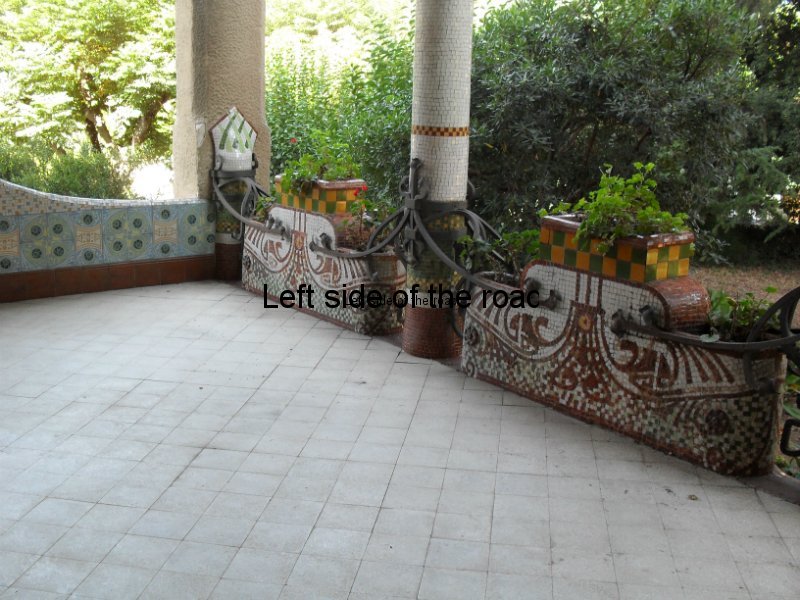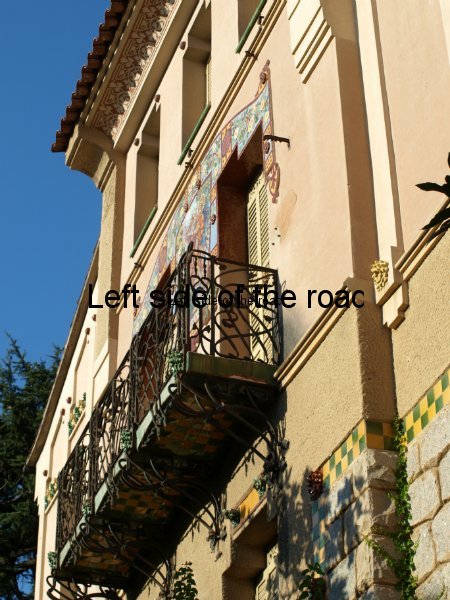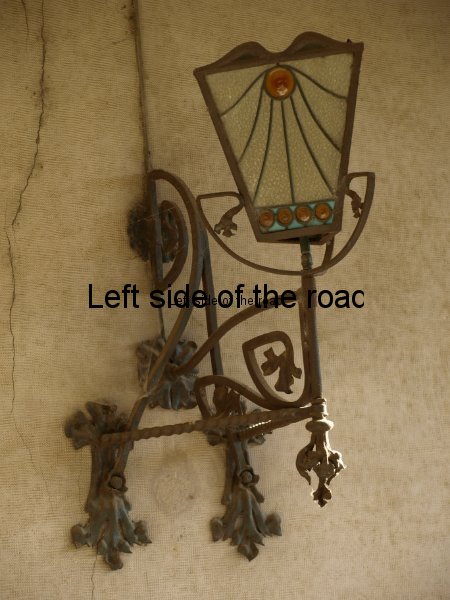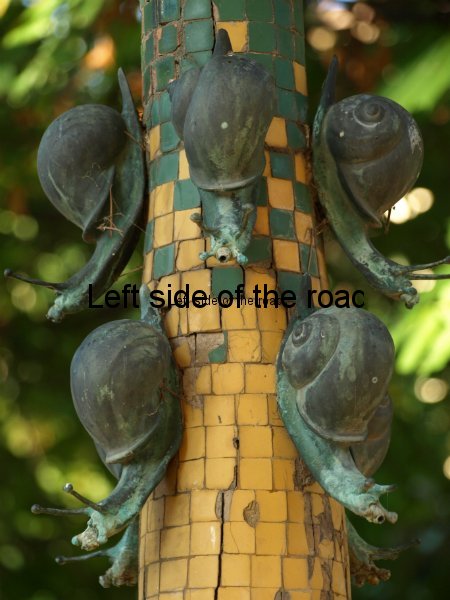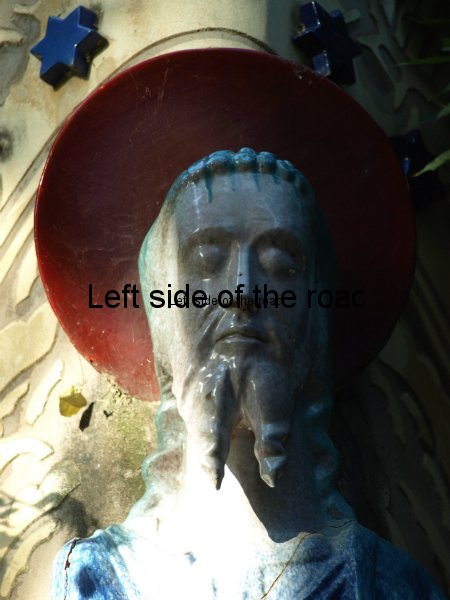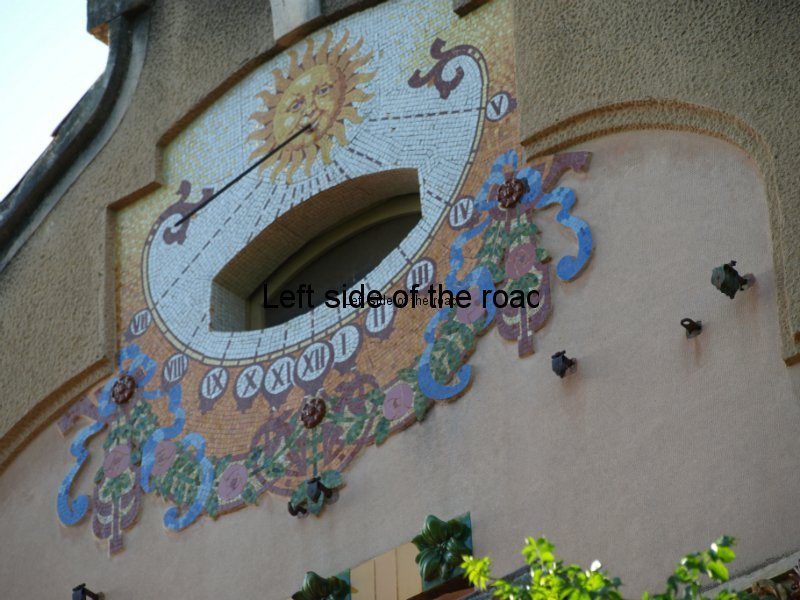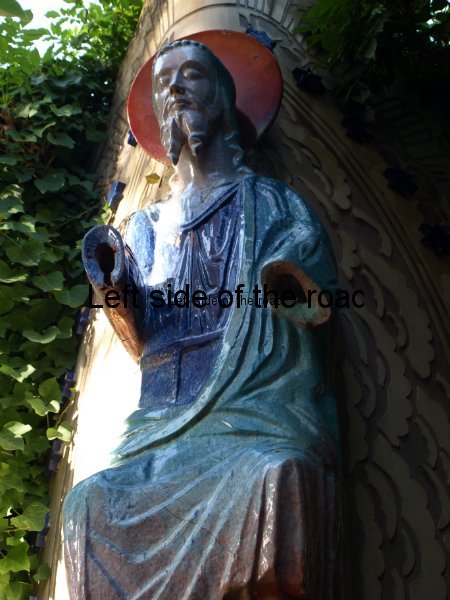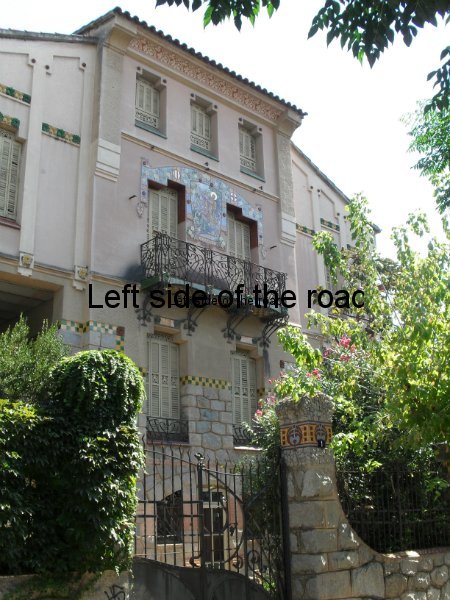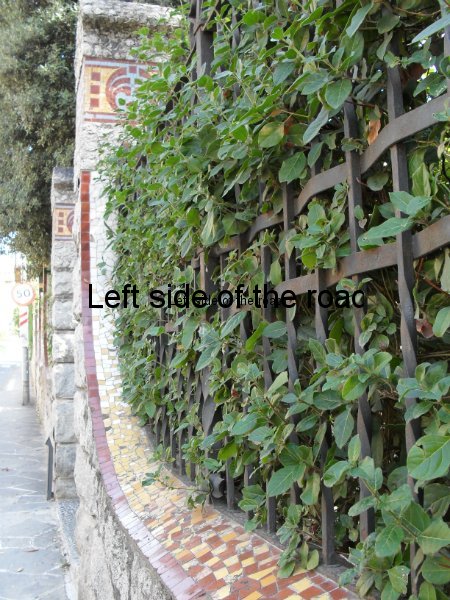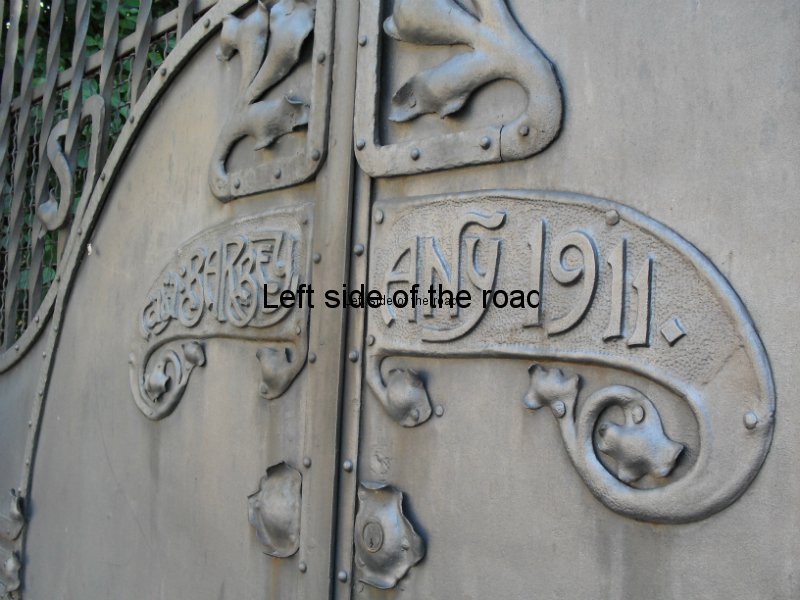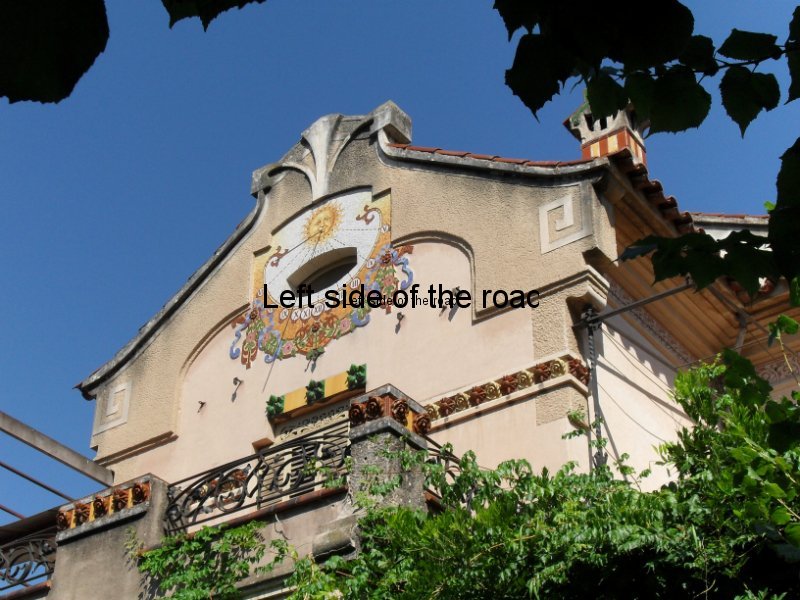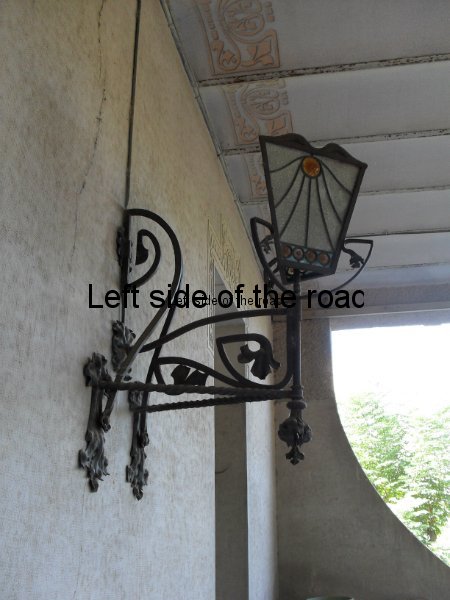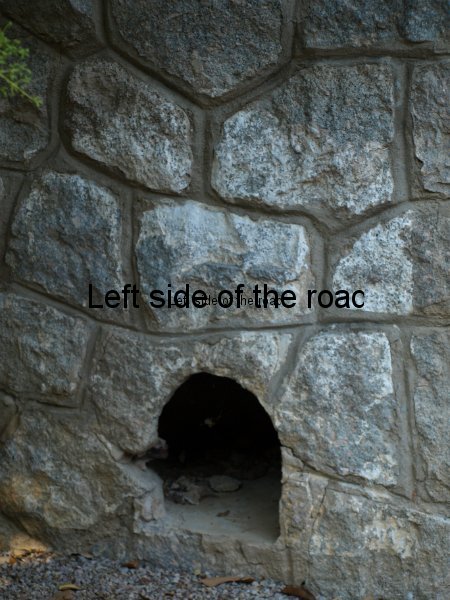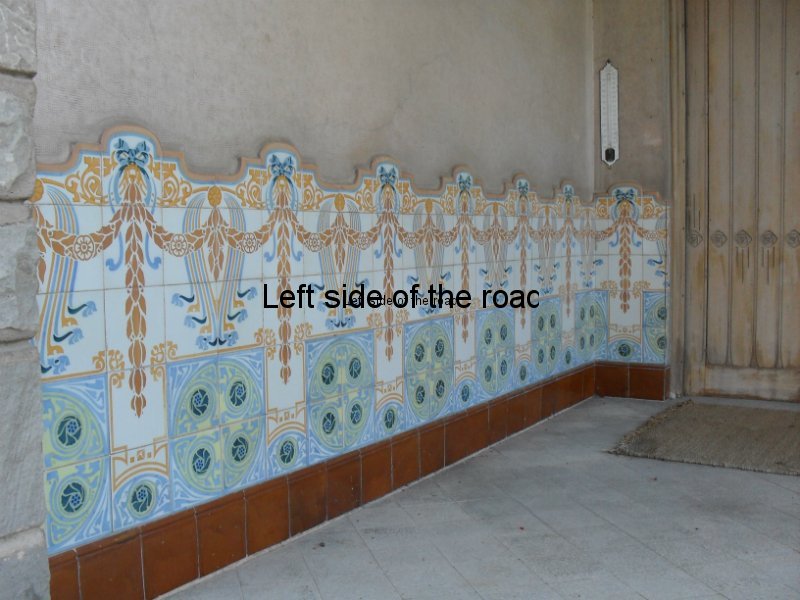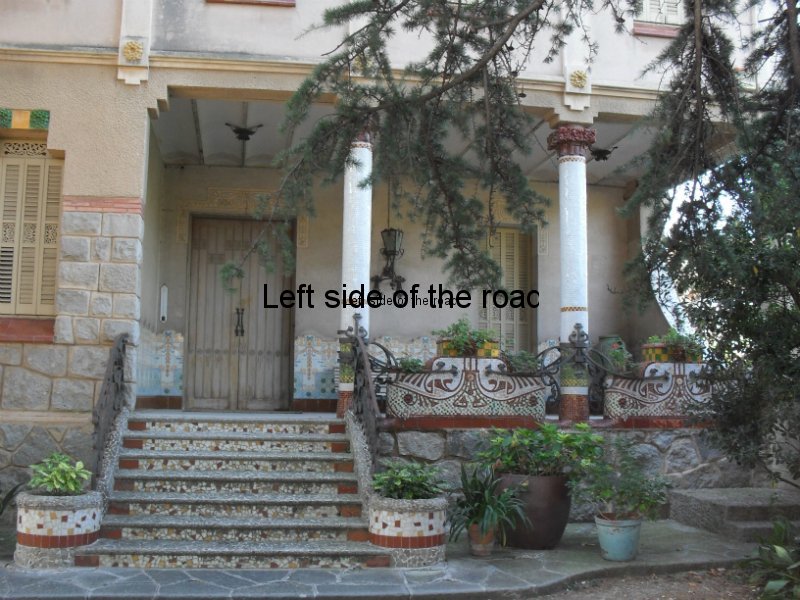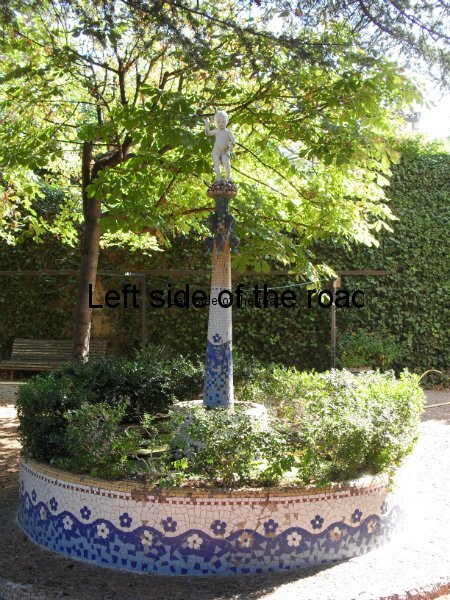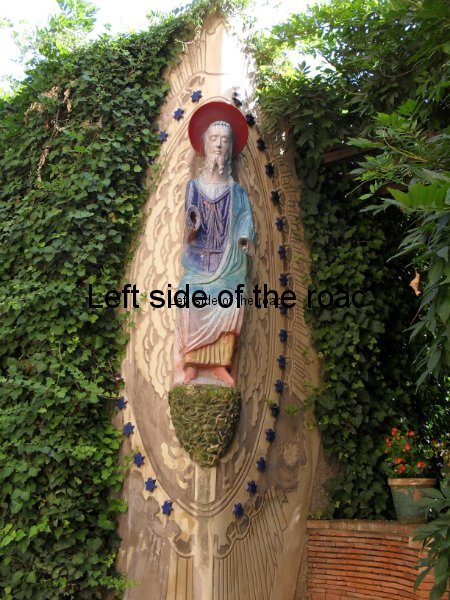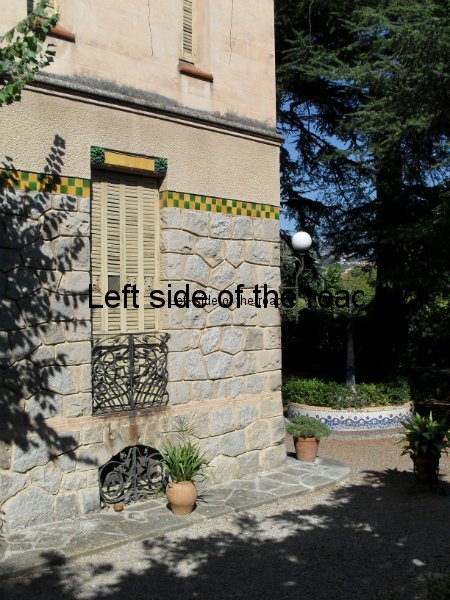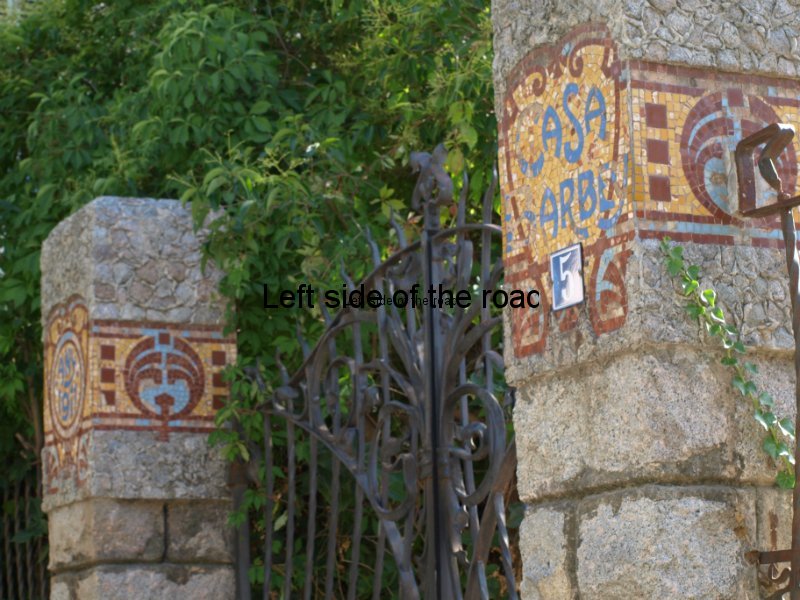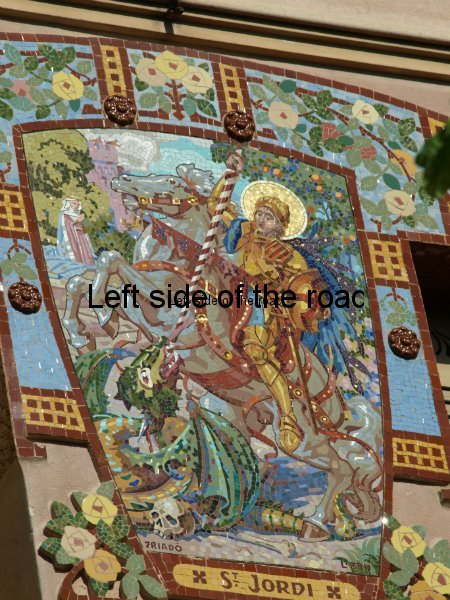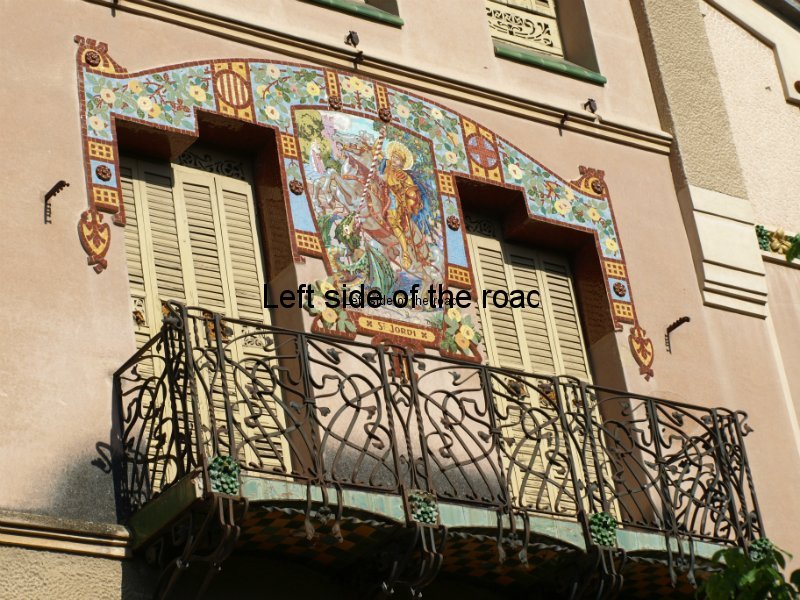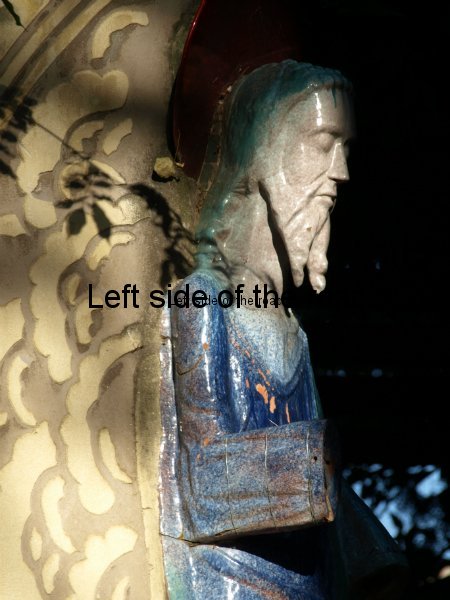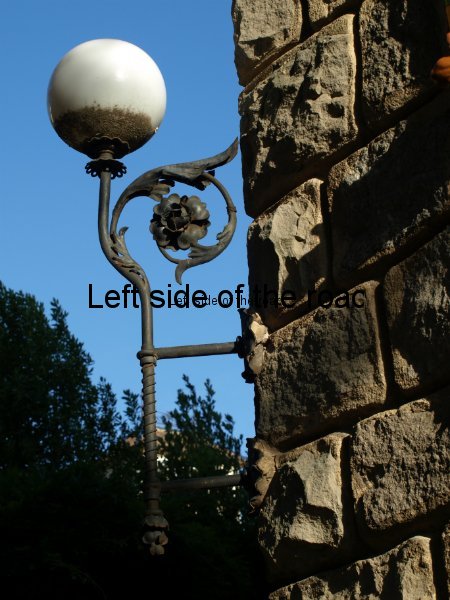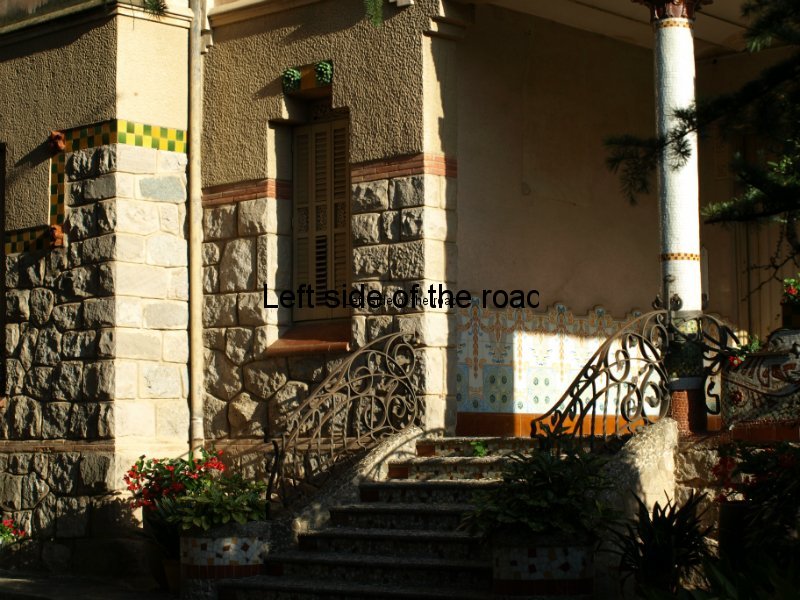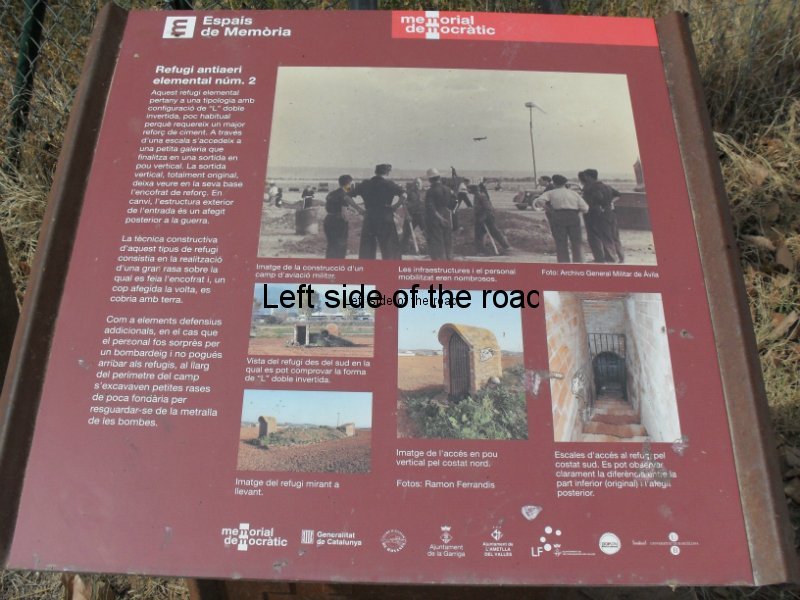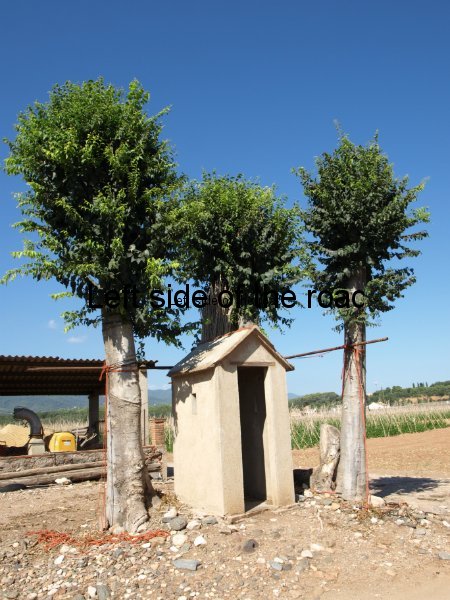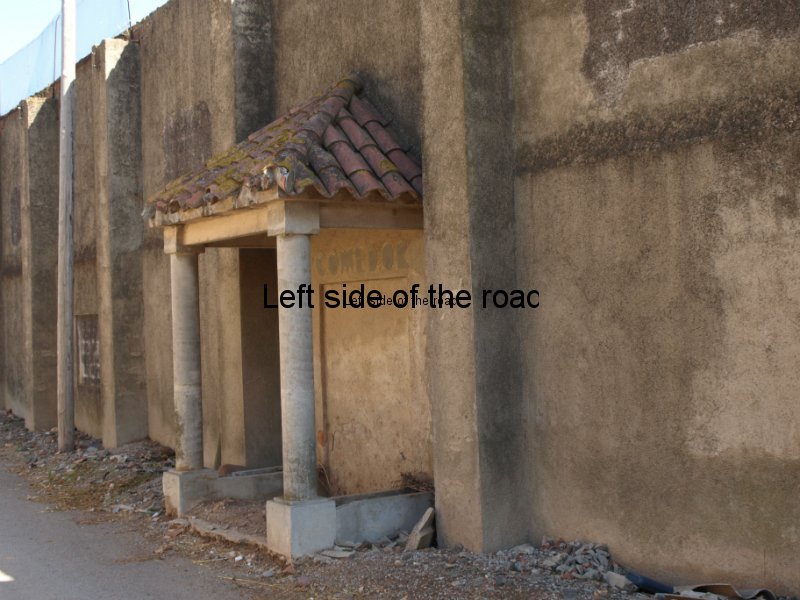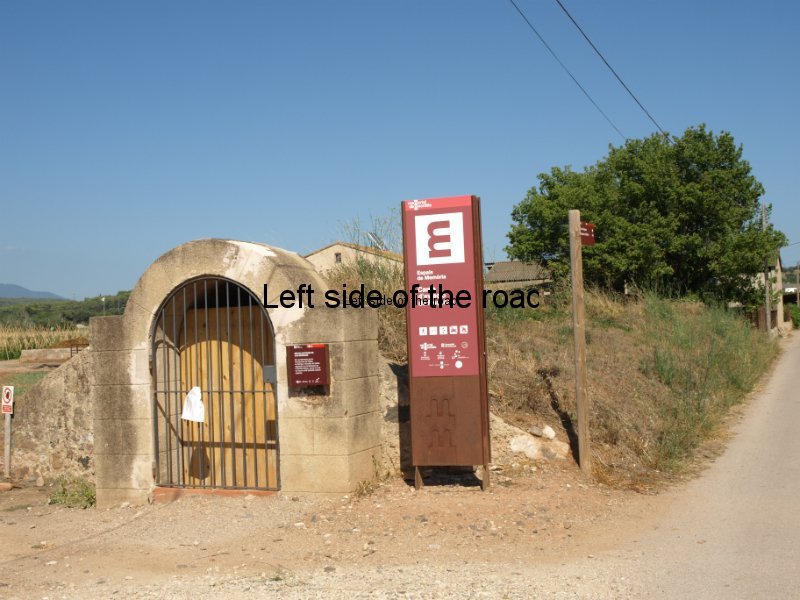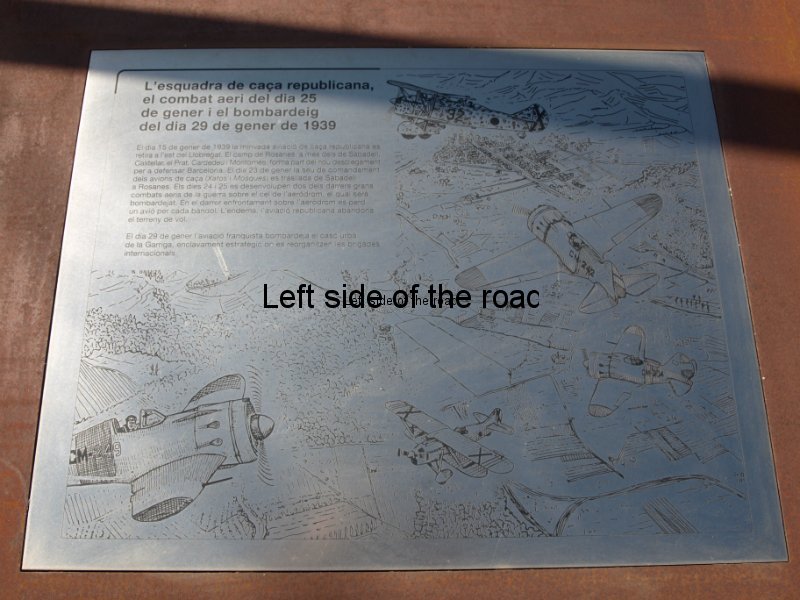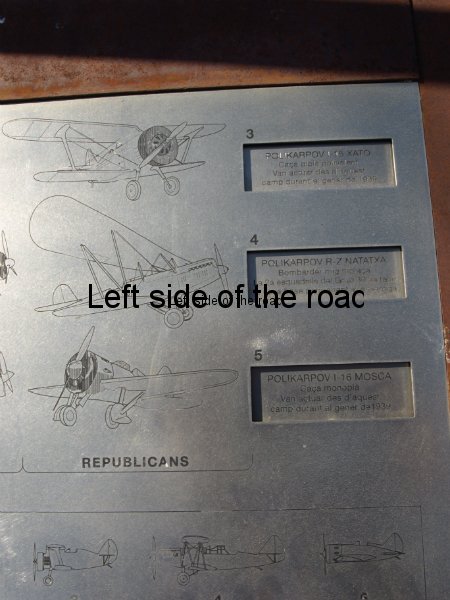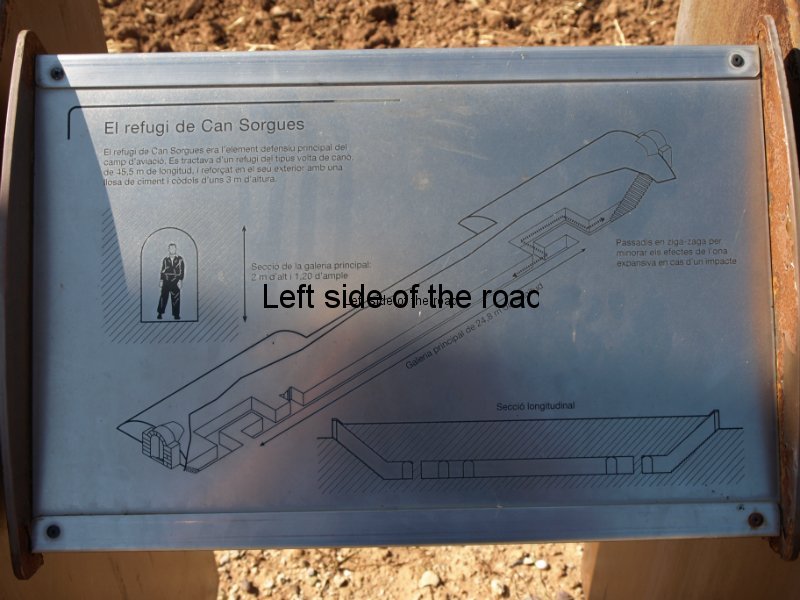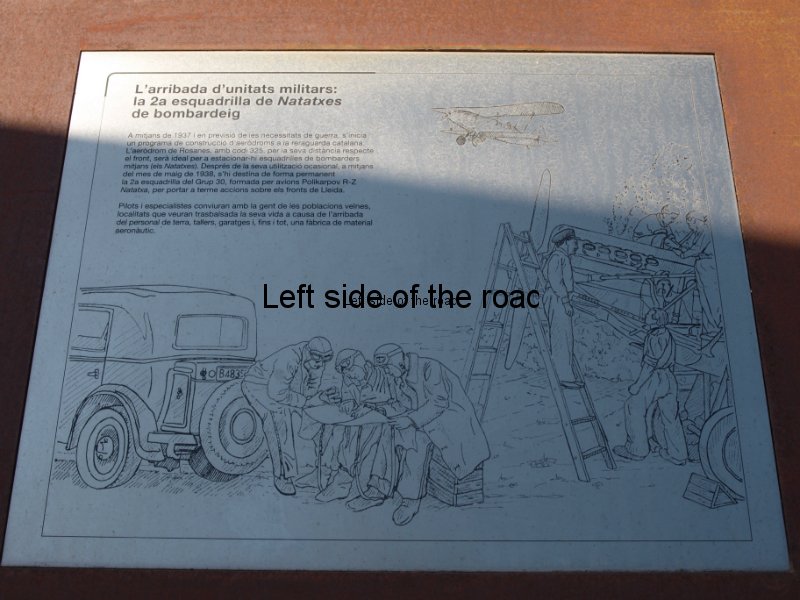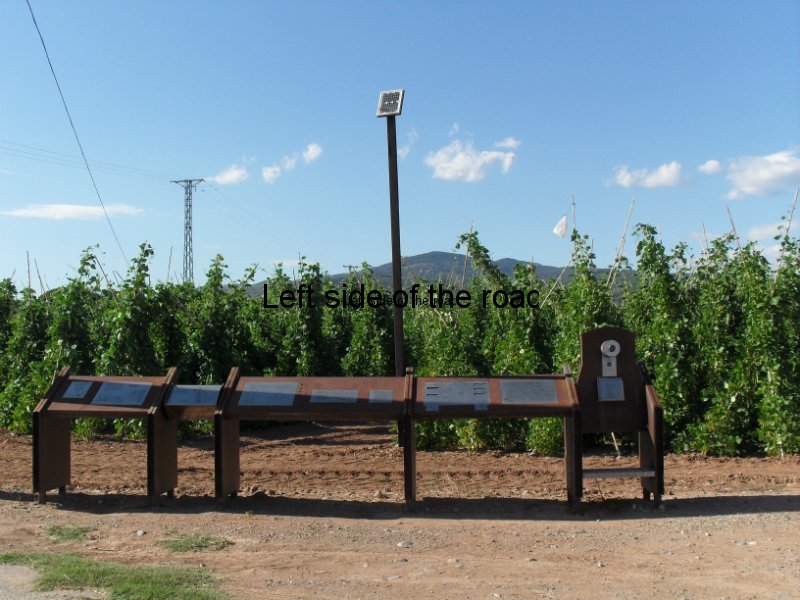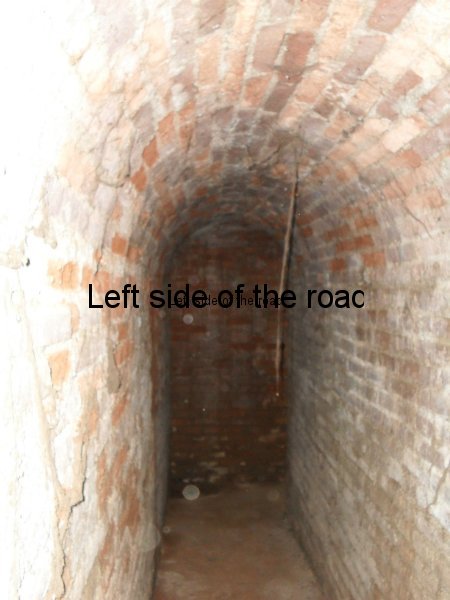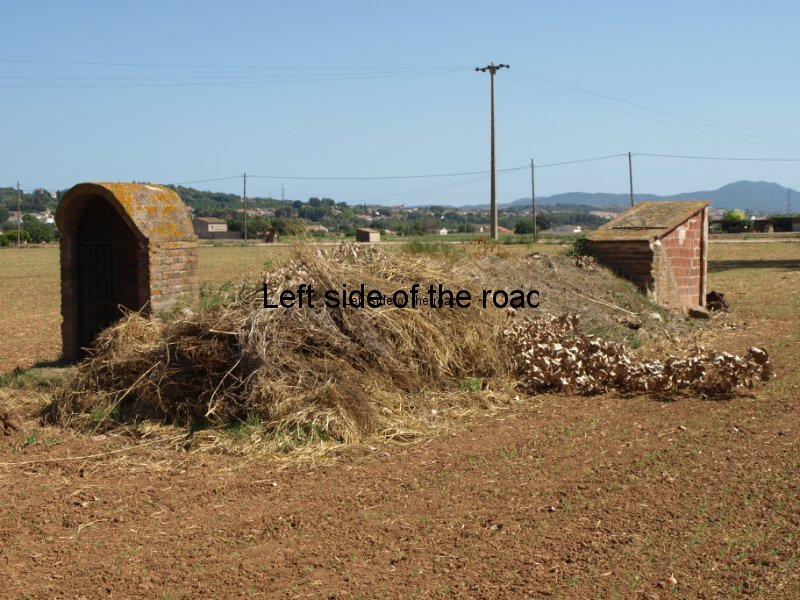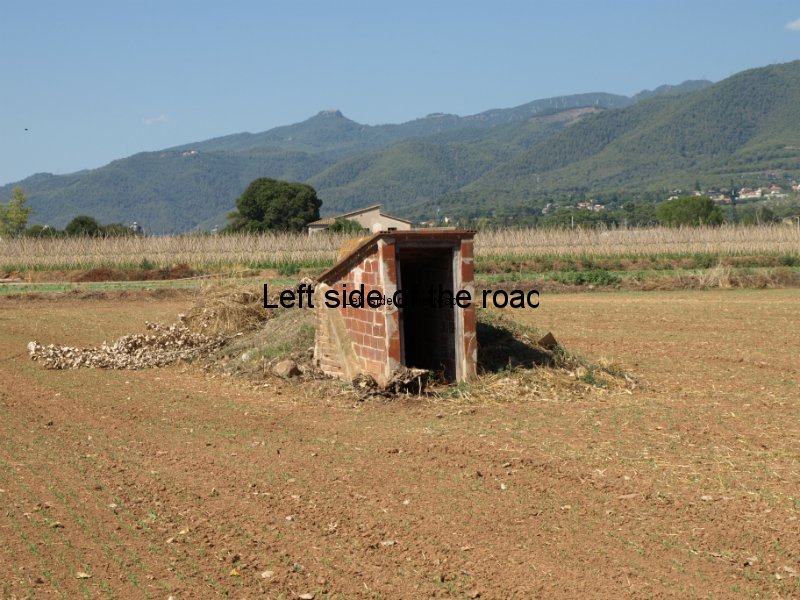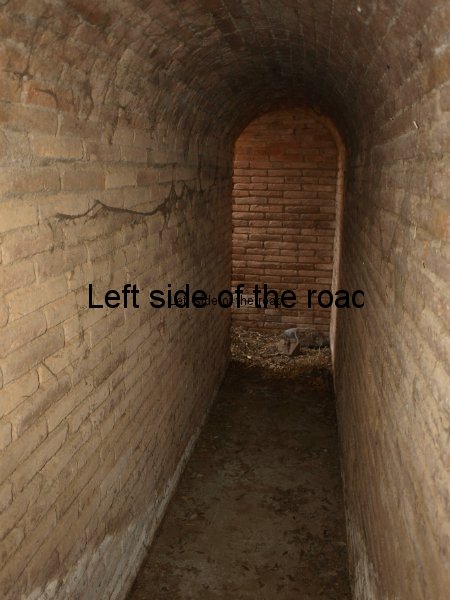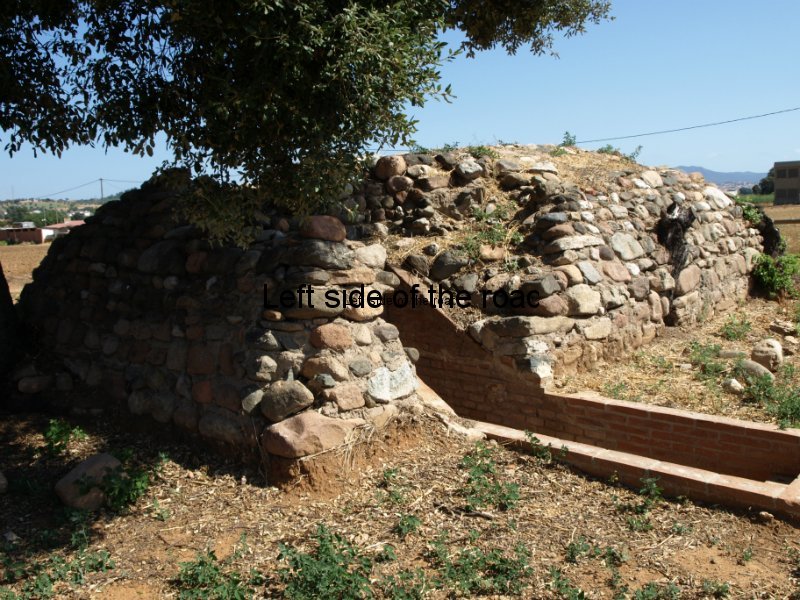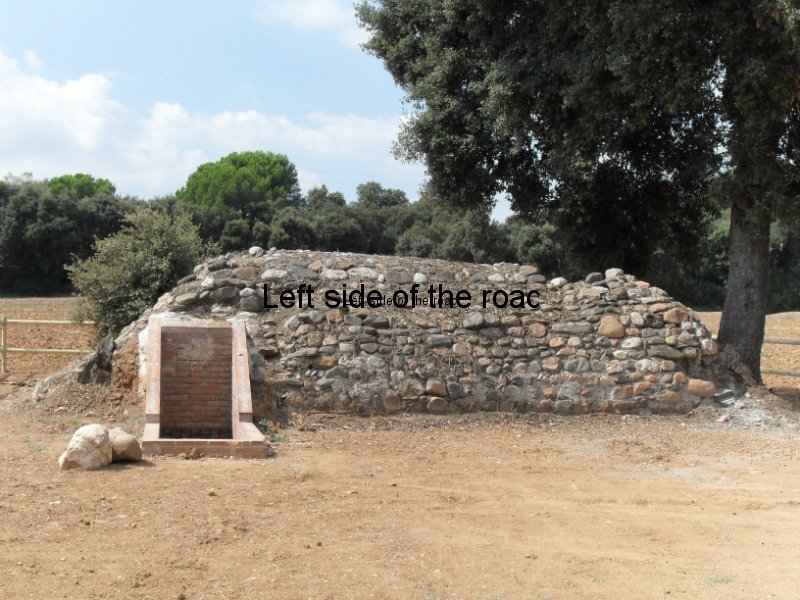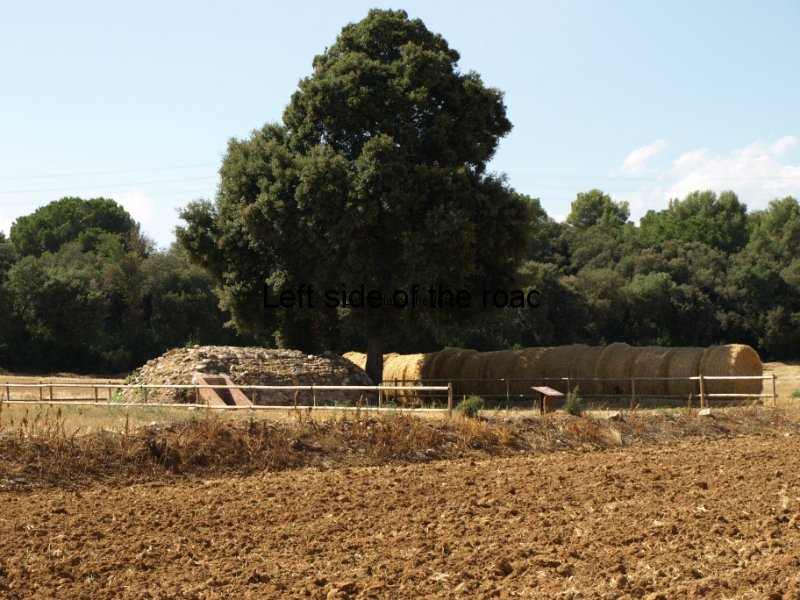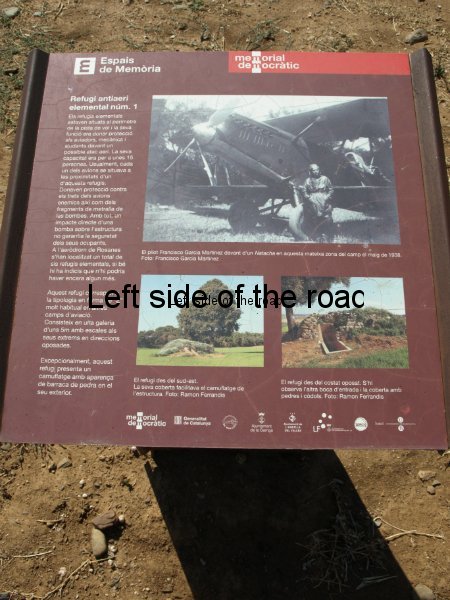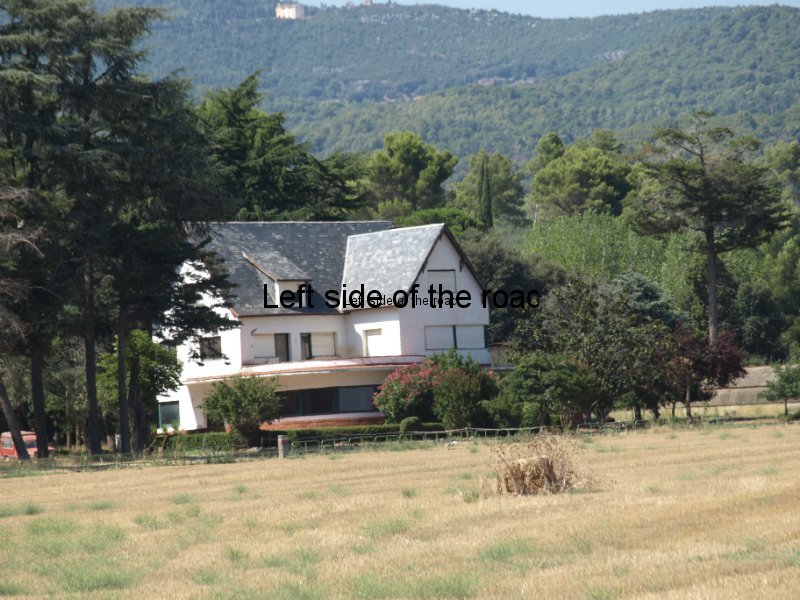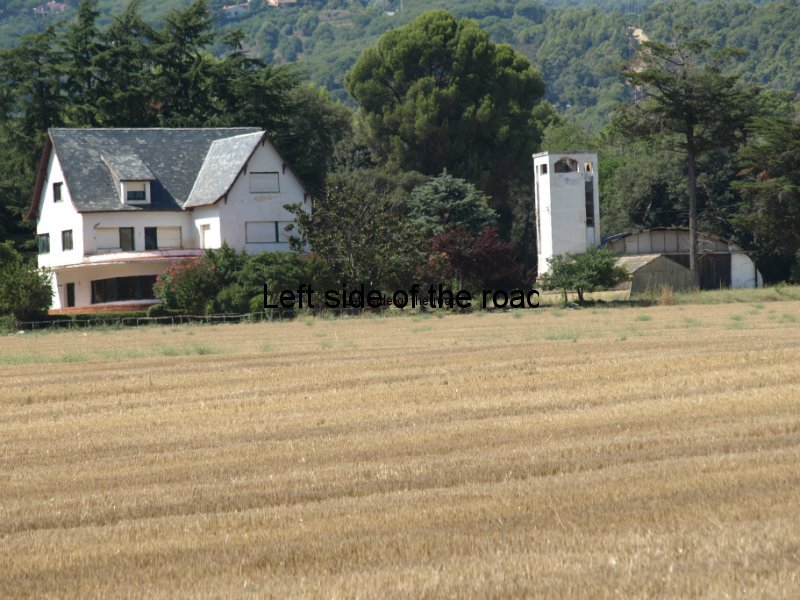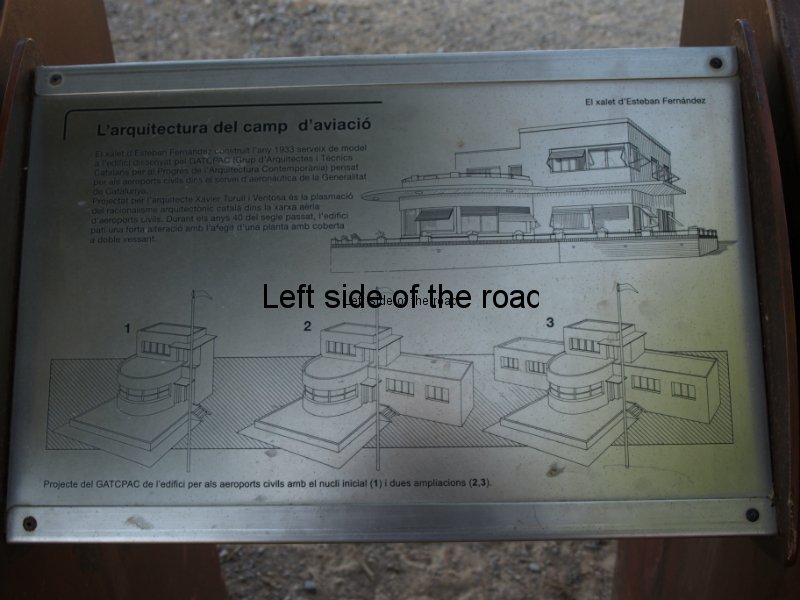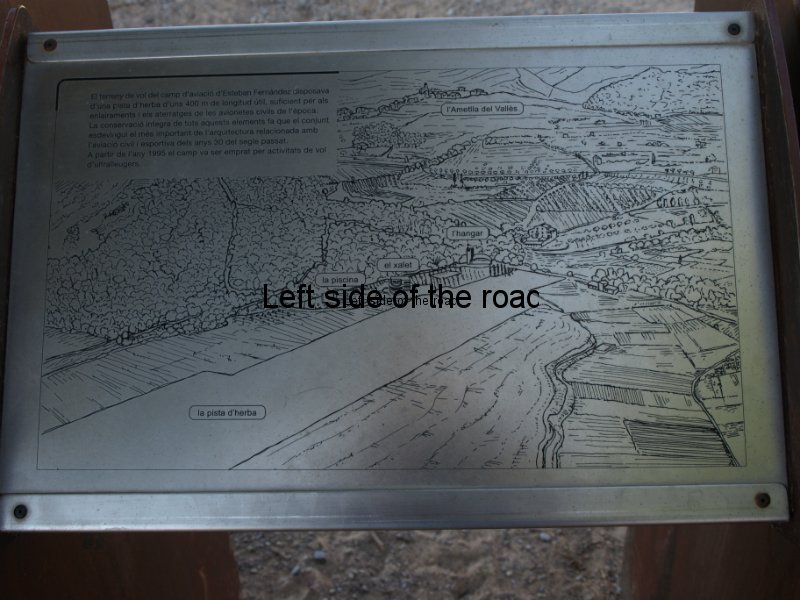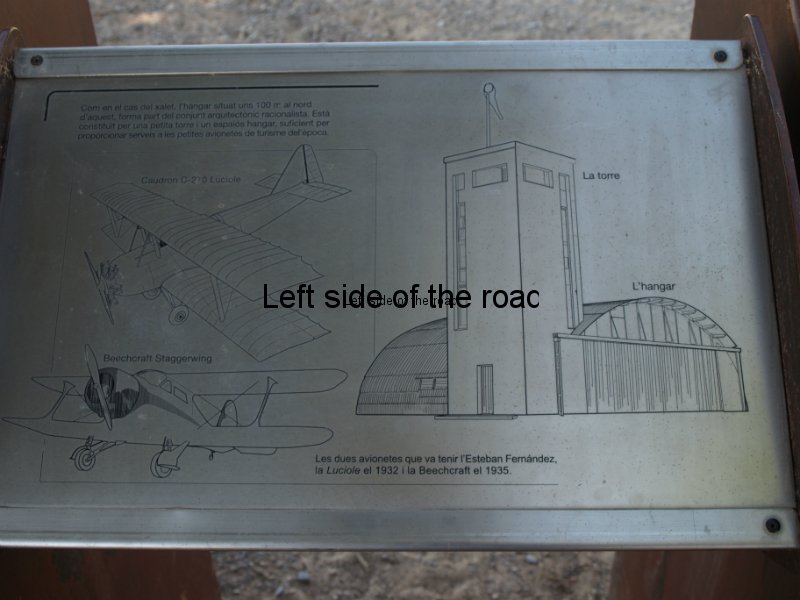
Els Tres Monts – Stage 1 – Montseny-Tagamanent
Els Tres Monts (The Three Mountains) is a waymarked route from the village Montseny (in the Natural Park of the same name) to the hilltop Monastery of Montserrat. In the process it passes through the Sant Llorenç del Munt i L’Obac Natural Park affording an opportunity to experience the diverse landscape in this part of Catalonia, from soaring peaks to sheer cliff faces, from Romanesque churches to Modernist extravagance, from large farmhouses to peasant cottages.
Yesterday I started what is planned to be a five-day journey along a path that’s just under 110km in length. This is Els Tres Monts path, yet another one of the so-called Pilgrim’s Routes, as its final destination is the Monastery of Montserrat, famous for its location (the rock formations in the area are quite impressive), being the place of many Catalan nationalist events and for its Madonna, a small, black wooden statue that sits behind the altar which has an almost constant queue of people going past whenever the basilica is open.
I’ve been putting off this trip due to the weather. To walk during the recent heat wave, that made it even hotter here than when I first arrived, seemed to be pushing things too far. The climb each day varies from 672 – 1706m, the smallest being the one I did yesterday – and that was a bit of a shock to the system as most of it came in one sharp burst at midday according to the sun. Got to the top because I didn’t fancy going down again on what was a very tricky, and at times rough, path.
If the total is just under 110km I did 24 of those in about 7 hours. The problem, however, with this route is not just the distance and height climbed (and come down again) it’s the logistics.
To get to the start yesterday morning I had to catch a bus just after 07.00, and then 2 more to arrive at the start just before 10.00, that’s really the latest you would want to start on these routes and I suffered for it with the climb. These problems will only become worse as the route goes through sparsely populated and quite wild and desolate countryside after day 2.
It also presents the problem of where to stay and after my next nights stay (where I am staying with friends of friends). I have no idea what will come up, just have to ask if anyone knows where I can rest my head, as I’m not particularly keen on sleeping under a hedge. If all else fails this might mean trying to hitch out in the afternoon and doing the same to get back the following morning. A bit messy and puts into doubt an early start but it might be the only way around the lack of accommodation.
This problem of logistics was something I’ve known about for a while, ever since I started researching the route, but another problem (or possible problem) has arisen – the uncertainty of the weather.
Yesterday was the first time in three weeks when it was cloudy in the morning and looked threatening at times. These routes are not what you call busy. The only people I saw walking stage one were those on the look-out for forest fires, and that was in the latter part of the day on the way down. Any building I passed was either derelict or seemingly deserted, so there’s nowhere to shelter in case of a sudden change for the worse in the weather and I expect that to be the case, more or less, for the rest of the route.
I didn’t start stage 2 as planned this morning as I couldn’t really read the weather on the hills at the start of the days walk. In Britain I would have said it was about to turn into a thunder-storm but that’s not necessarily the case here. A storm has been predicted for a few days but so far nothing has happened.
I prevaricated, it got later and then it cleared up but by then it was getting hotter and not the best time to climb, and then clouded over again so don’t know what might be happening on the tops.
Tomorrow, if faced with a similar situation, I will still leave early and if I get in wrong and the weather turns nasty I know the first section well enough to be able to get down by a number of routes. I was expecting hot but the uncertainty has come as a bit of a nasty surprise.
So a rest day after one day.
But there are some interesting places along the way, from pictures I’ve seen in researching the path, so hope to do it all by the end of the coming weekend.
One characteristic of this area is the number of churches, many Romanesque and dating from the 11th/12th centuries, which are perched on the top of some of the highest or most distinctive peaks. The one yesterday was Santa Maria on the Turo of Tagamanent. This is no longer used as a church on any regular basis but isn’t a total ruin.
Another architectural style common in this area are the very large farm complexes, the Massias. It gives you an idea of the wealth that must at one time been in the area but many of these farm complexes are either in ruins or have been taken over by the natural parks organisation.
Now I’m going to be away for a few days I have a problem of what to take with me. As I’ve no idea where I will be spending the night until that night arrives I really have to plan for an excursion away until Saturday. If there is reasonable transport I might be coming back to ‘base’ on some occasions and leaving at the crack of dawn the next day.
There is a slight complication with this week in that this is now the time of the Festa Major (the main annual festival) and although I was here during that time last year, and many of the events are repeated, it would be good to be back in town for some of them. This being southern Europe everything happens at night so it might be possible to do both.
It was a bit of a strange day for pictures yesterday and there is always a problem with the haze at this time of year but I have included some pictures from stage one.
Information: Cingles de Bertí

